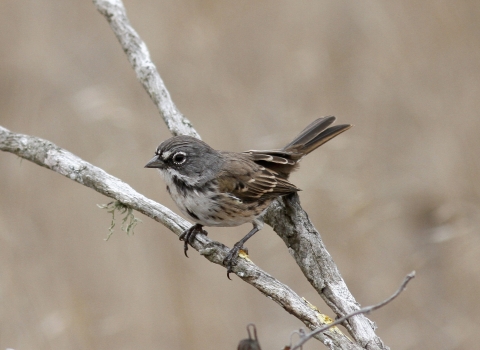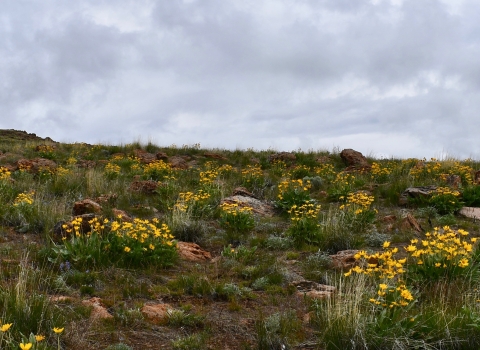The U.S. Fish and Wildlife Service has determined that the Amur sturgeon, a large freshwater fish native to the Amur River basin in Russia and China, warrants listing under the Endangered Species Act (ESA). As a result, the agency is proposing to list it as an endangered species.
Intensive fishing to fulfill demand for caviar (unfertilized sturgeon eggs), meat consumption and dam construction has put the species at risk of extinction throughout its range. The species has been lost from much of its former range, and few adult sturgeon of breeding age remain in the wild.
If this proposed listing is finalized, the ESA would prohibit activities such as import, export, take, interstate commerce and foreign commerce of the Amur sturgeon. By regulating these activities, the United States can help conserve and recover this iconic fish for future generations.
Amur sturgeon live up to 60 years and begin reproducing after 9-14 years. The species was historically abundant along the full length of the Amur River and most of its tributaries. Today, the Amur River is one of the most concerning regions for sturgeon poaching globally. The species has been completely extirpated from several tributaries of the Amur River, and none of the remaining populations are considered self-sustaining in the wild.
The Amur sturgeon was listed under the Convention on International Trade in Endangered Species of Wild Fauna and Flora (CITES) in 1998. In the years since the listing, China has developed a massive sturgeon aquaculture industry. Unfortunately, very few aquaculture fish are used for restocking, and there is little evidence of population recovery in the wild.
Since 1998, the United States has been the world’s largest importer of sturgeon products (primarily caviar, but also chemical extracts, meat and skin). Although CITES requires labels documenting caviar origin, these are sometimes forged, and it can be difficult to determine the difference between legal and illegally sourced sturgeon products.
The proposed rule to list the Amur sturgeon as endangered under the ESA will publish in the Federal Register on August 24, 2021 opening a 60-day public comment period. The Service will consider comments from all interested parties received by October 25, 2021. Information on how to submit comments is available at www.regulations.gov by searching under docket number FWS–HQ–ES–2020–0100.
More information about this species can be found here: https://ecos.fws.gov/ecp/species/9258. More information about the Service’s Branch of Foreign Species is available here: https://www.fws.gov/endangered/what-we-do/foreign-species.html.



